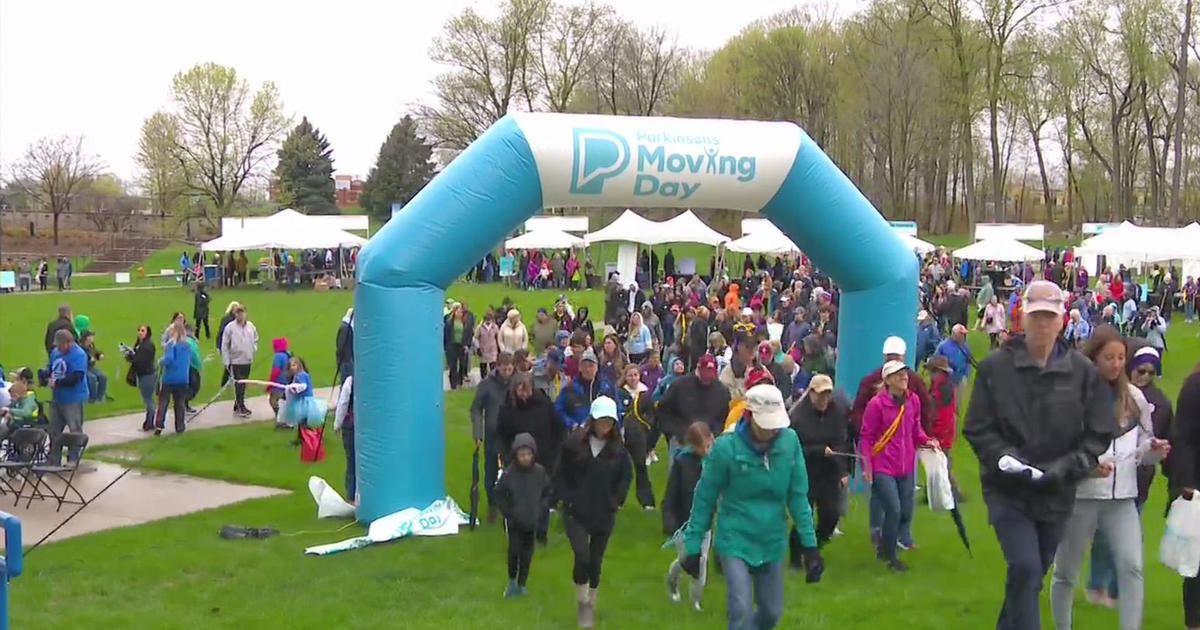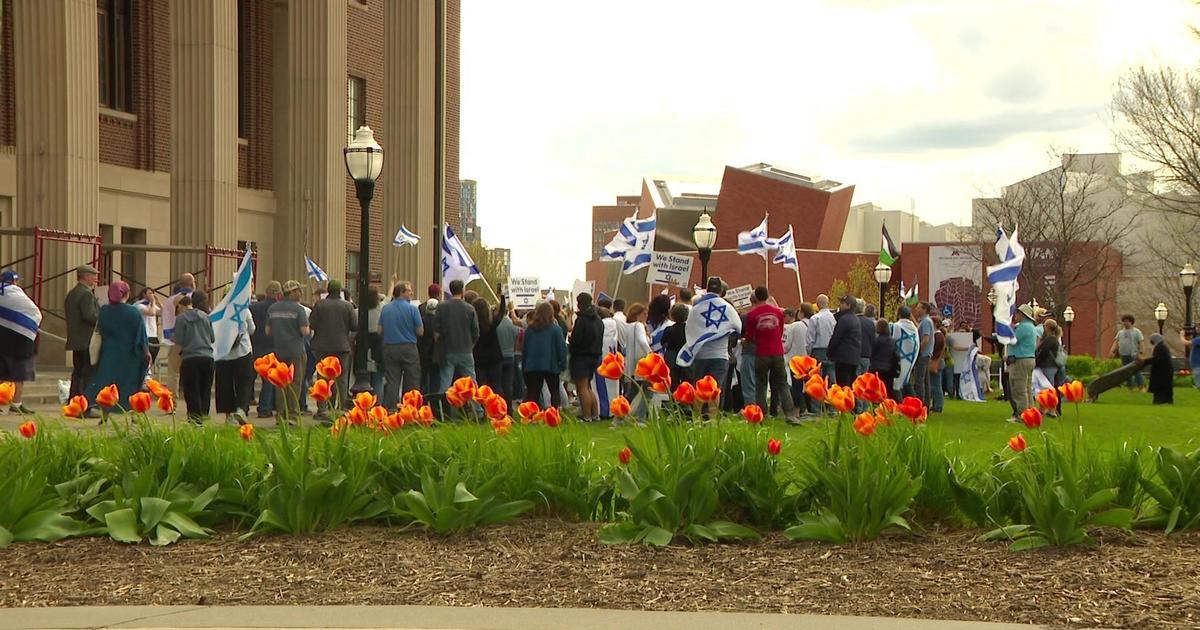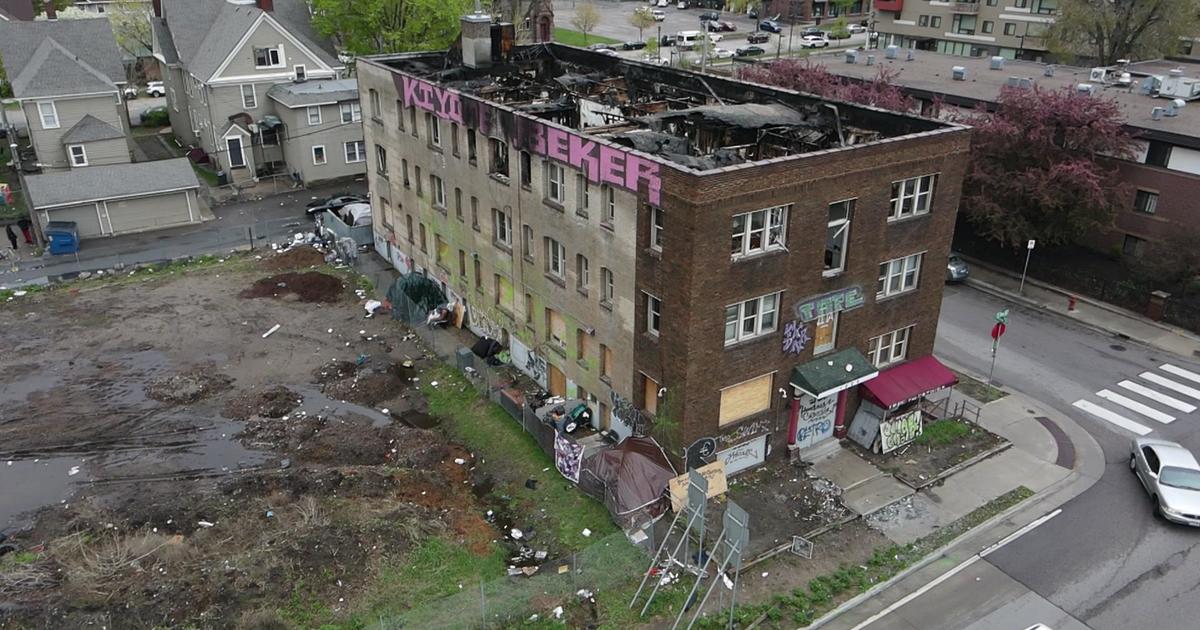The Legacy Of Racially Restrictive Covenants In The Twin Cities
MINNEAPOLIS (WCCO) - The Twin Cities are known to have one of the worst gaps in homeownership between Black and white residents in the country. While there are many systemic reasons for that gap, one can be traced back to a practice that developed at the turn of the 20th century.
In the late 1800s, racially restrictive covenants started popping up in California. Real estate agents and developers outlined a list of people - from Asians to Jews - who were prohibited from purchasing the land. But mostly, the covenants targeted Black Americans in an effort to keep them out of certain neighborhoods in cities across the country.
"When researchers have started to go looking for covenants, they have never not found them," said Dr. Kirsten Delegard, co-founder of Mapping Prejudice, a project that works to identify covenants throughout the Twin Cities.
Covenants were used in every city and suburban area in the country - from Seattle to Richmond - to block off white, well-off neighborhoods and new property developments, shaping the landscape of the city and keeping Black people from buying homes.
Ultimately, the Supreme Court upheld their legality in 1926. In Minnesota, covenants could no longer be enforced after 1953, but they were still in effect nationwide until the Fair Housing Act was signed in 1968.
A Twin Cities History
The first racially-restrictive covenant in Minneapolis was written in 1910, when Henry and Leonora Scott sold a home on 36th Avenue South to a man named Nels Anderson.
"And it was, I think, it was a little bit of an experiment on the part of a developer who was you know, toying with with different ways to make to add value to properties," Delegard said. Scott would go on to start a real estate development company with a man named Edmund Walton, an influential Twin Cities real estate agent who notoriously wrote racially restrictive covenants into many of his properties.
But still, Black people resisted the practice.
In 1931, Edith and Arthur Lee, a Black couple, bought a house in south Minneapolis, which sparked protests and caused angry mobs of thousands to gather on their property.
Earlier in the 20th century, a man named John Scott bought a small holding of land on 50th and France, with a vision to create a Black enclave and secure autonomy for his family. He named the area "Evelyn's Addition," after his daughter.
"You can say 'oh that's very sweet and sentimental,' but it also feels like this profound act of resistance," Delegard said. "Black women are certainly disenfranchised in so many ways. So the idea that he would name this place this, this large parcel of land for his daughter . . . just seems very, very profound to me."
But Scott struggled to hold on to the land, eventually selling parts of it to the Minneapolis School Board, and to a woman named Mary Hummel. When Hummel sold that land, she added a covenant into the deed, making sure that a property which was once owned by a Black family became inaccessible to them in the future.
Also in the surrounding area at the time, the Thorpe Brothers, a Twin Cities developer pair, bought 300 acres of land and proceeded to make it one of the most racially restricted developments in the country, now known as the Edina Country Club area. Scott died in 1931, and his family lost the six lots of remaining land, and what was once an oasis was surrounded by some of the most racially constricted landscapes in the city.
For a time, covenants also restricted Jewish people from purchasing land, but a man named Emmanuel Cohen pressured local legislators to pass a bill that banned religious discrimination in covenants. That bill passed in 1919.
Covenants cover St. Paul in patterns that echo Minneapolis: areas built between 1910 and 1940 like Como Park and Highland Park are engulfed, while the city's wealthiest areas like Kenwood and Summit Avenue often don't see covenants because developers saw no need to include them.
But generally, St. Paul is a smaller city and was founded much earlier than Minneapolis, meaning that there are less covenants on that side of the river. Mapping Prejudice is working to release more complete data about covenants in Ramsey County.
A Lasting Legacy
Covenants irreparably divided the cities. In 2016, the Met Countil said white households' homeownership rate is triple that of Black households in the metro area. That impacts accessibility to jobs, transportation, air quality, and entry to schools.
"I always tell folks that, you know, history endures. And I feel like there is a history of urban disinvestment, and devaluation of particular populations left behind in some urban, central cities that are hugely important to understand," said Dr. Brittany Lewis, a Senior Research Associate at the Center for Urban and Regional Affairs at the University of Minnesota.
As Minneapolis and surrounding areas started to develop, covenants concentrated in the areas near parks and lakes, pushing Black Minnesotans into smaller and smaller communities as space expanded for white people in the outer areas of the city.
"Once gentrifications is a market process, it was always going to happen," Lewis said, arguing that disinvestment is strategic, and racial covenants are one of the ways in which white supremacy has shaped Minneapolis.
"At the heart of it, it's economic right, how we value different people's work and expertise," she said.
Making Amends
There is work being done however, to help homeowners disavow covenants.
The Just Deeds Project has partnered with 14 cities across the metro and has discharged over 100 of them.
"And it was very important," Diversity, Equity and Inclusion Manager of Golden Valley Kiarra Zackery said, "to not remove language because you erase history, and you lose that context. So when we say 'disavow the covenant' what we're talking about is really adding another piece of paper to the file that is your property deed to say 'I as a property owner, I do not agree with this practice."
So far, some of the biggest gains have come from community members, Zackery said.
"They always are asking us what's next," Zackery said. "You could say step one is learning. Step two is disavowing the covenant and step three is choose your own adventure. And community has been doing a lot of choosing their own adventure."



